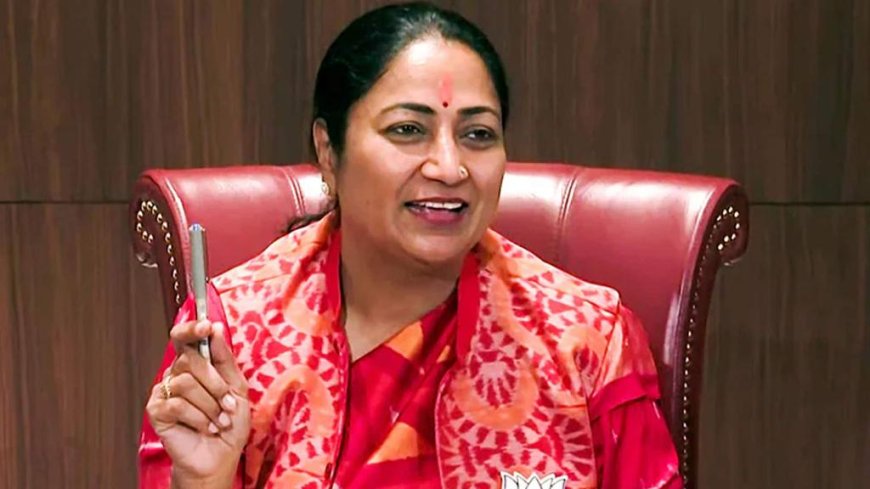Rekha Gupta Assaulted at Delhi Public Event Over Stray Dog Dispute
Rekha Gupta assaulted at a Delhi event amid a heated stray dog dispute, raising debates on safety, animal rights, and urban governance.

Introduction
Public safety and animal rights have often been points of heated debate in India, and the recent assault on Rekha Gupta at a Delhi public event has brought the issue into sharper focus. The incident, reportedly sparked by disagreements surrounding stray dog management, has ignited strong reactions across communities. It reflects not only the tensions between public welfare and animal rights but also the larger challenges of urban governance.
History and Background
Stray dog disputes are not new in India. For decades, urban areas have witnessed rising conflicts between residents concerned about safety and activists advocating for the protection of street animals. Policies regarding sterilization, vaccination, and feeding of stray dogs have been inconsistently implemented, leading to confusion and conflict. Rekha Gupta, a political figure and civic leader, has been actively engaged in local welfare and policies, making her involvement in this issue particularly significant.
Why Rekha Gupta Was Assaulted
The assault occurred during a public meeting where discussions about controlling stray dog populations reportedly escalated. Gupta was allegedly advocating stricter measures for safety, while opposing voices accused her of being insensitive toward animal welfare. The clash highlights the polarizing nature of this subject. While residents demand stronger safety measures to prevent dog attacks, animal rights groups emphasize humane treatment and sustainable management.
Regional and Policy Factors
Delhi, like many Indian cities, struggles with large stray dog populations. The absence of strict regulations, coupled with insufficient sterilization programs, has led to an increase in conflicts. Courts and civic bodies have issued various directives, but implementation gaps remain. Gupta’s stance was viewed by some as an attempt to push for clearer rules, including possibly stricter feeding regulations and expanded sterilization drives.
Possible Future Updates
The incident could push Delhi authorities to re-examine their stray dog policies. There may be calls for:
-
More comprehensive sterilization and vaccination programs.
-
Designated feeding zones for stray dogs.
-
Stricter penalties for abandoning pets, which adds to stray populations.
-
Greater collaboration between municipal authorities and animal welfare groups.
Key Significance
The episode is significant because it sheds light on how civic debates in India can spiral into hostility when sensitive issues like safety and animal rights collide. It also shows how policymakers are often caught between public expectations of security and activist demands for compassion.
Advantages and Disadvantages of Stricter Stray Dog Rules
Advantages:
-
Reduced risk of dog attacks and improved public safety.
-
Better sanitation and urban hygiene.
-
Clearer rules that balance rights of citizens and animals.
Disadvantages:
-
Risk of inhumane treatment if policies are poorly implemented.
-
Possible backlash from animal rights groups.
-
Increased administrative costs for sterilization and sheltering programs.
Positive and Negative Implications
Positive: This controversy can act as a catalyst for more balanced policies, ensuring both human safety and animal welfare. It could also raise awareness and bring in long-term solutions.
Negative: If mishandled, the issue may deepen divisions between communities, leading to more confrontations rather than constructive solutions.
Final Thoughts and Conclusion
The assault on Rekha Gupta is not just an isolated act of violence but a reflection of the broader struggles in managing urban coexistence between humans and animals. It calls for constructive dialogue, empathetic policymaking, and robust implementation of humane yet effective regulations. The future lies in striking a balance—ensuring that public safety is safeguarded while upholding compassion for stray animals. Only a collaborative, transparent, and well-monitored approach can prevent such conflicts from spiraling again.

 Ellofacts
Ellofacts 





